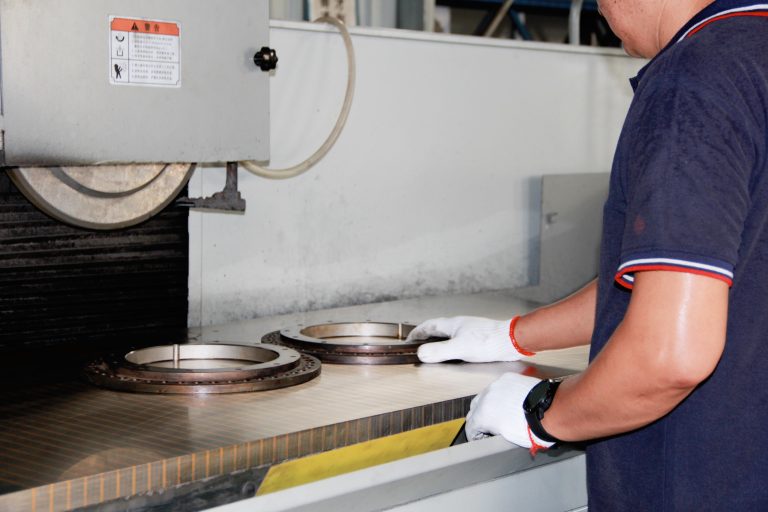Introduction
In the realm of automotive engineering, the use of iron cores has become integral to various components, revolutionizing the performance and efficiency of vehicles. Let’s delve into the world of iron cores and explore their applications in the automotive industry.
Types of Iron Cores
Iron cores can be broadly classified into two categories: solid iron cores and laminated iron cores. Each type possesses unique characteristics, impacting their suitability for specific applications within the automotive sector.
Iron Core Properties
Understanding the properties of iron cores is crucial for comprehending their role in automotive engineering. Magnetic permeability, hysteresis loss, and eddy currents play pivotal roles in determining the effectiveness of iron cores in different applications.
Iron Core Applications
The versatility of iron cores finds expression in various automotive components. Electric motors, transformers, and inductors all leverage the magnetic properties of iron cores to enhance their functionality and efficiency.
Iron Core Innovations in Automotive
Recent advancements in automotive technology have witnessed the incorporation of iron cores in innovative ways. Electromagnetic suspension systems and electric vehicle propulsion systems showcase the adaptability and effectiveness of iron cores in the pursuit of more sustainable and efficient vehicles.
Benefits and Challenges
While the benefits of utilizing iron cores in automotive applications are evident, challenges such as weight and size constraints need to be addressed. Balancing the advantages against the limitations is crucial for optimal design and performance.
Future Trends
The future of iron cores in automotive engineering holds exciting prospects. Nanotechnology is poised to play a significant role in enhancing the properties of iron cores, while integration with smart automotive systems is set to redefine the driving experience.
Case Studies
Examining real-world examples of successful implementation of iron cores in automotive engineering provides insights into the practical challenges faced and overcome by engineers. These case studies shed light on the transformative impact of iron cores on vehicle performance.
Sustainability Aspect
As the automotive industry embraces sustainability, the recycling of iron cores emerges as a critical consideration. Understanding the environmental impact of iron core production and disposal is essential for ensuring a greener automotive future.
Conclusion
In conclusion, the applications of iron cores in automotive engineering are diverse and impactful. From enhancing the efficiency of electric motors to redefining vehicle propulsion, iron cores continue to shape the future of the automotive industry. As technology advances, the integration of iron cores with smart systems and the focus on sustainability promise a dynamic and exciting road ahead.
FAQs
- How do iron cores enhance electric motors in cars? Iron cores improve the magnetic properties of electric motors, increasing efficiency and overall performance.
- Are laminated iron cores better than solid ones? The choice between laminated and solid iron cores depends on specific application requirements. Laminated cores often offer reduced eddy current losses.
- What challenges do engineers face in implementing iron cores in automotive applications? Engineers must navigate weight and size constraints while optimizing the benefits of iron cores in automotive design.
- How does nanotechnology contribute to the advancement of iron cores? Nanotechnology enables the manipulation of iron core properties at the molecular level, enhancing performance and efficiency.
- Is recycling iron cores a feasible solution for sustainability in automotive engineering? Yes, recycling iron cores is a sustainable practice, reducing environmental impact and promoting resource efficiency.
Get Access Now: Navigating the Tech Landscape: Iron Core in Electronics

